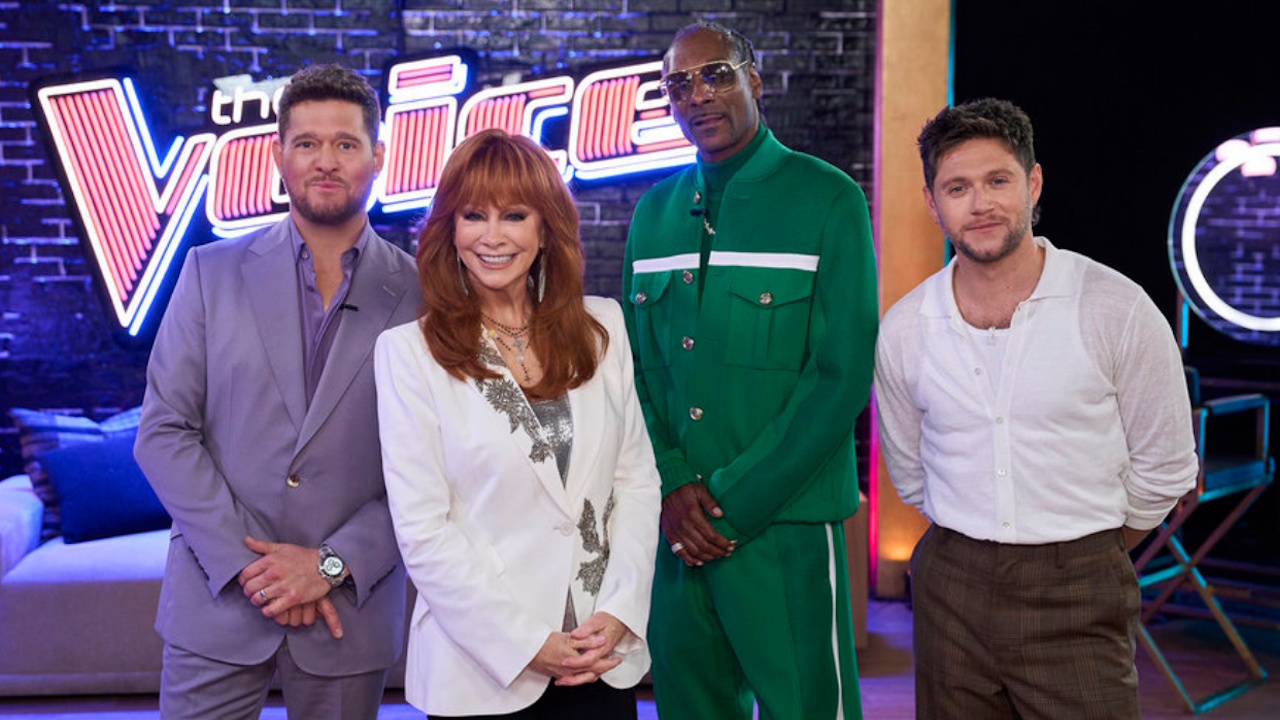10 Marvel Characters Who Were Adapted Way Differently For The Movies
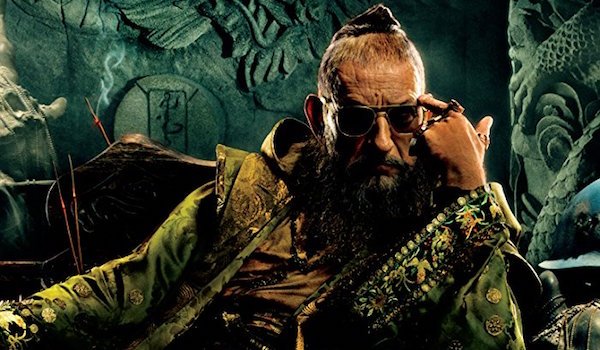
Making a superhero movie is difficult, as often times filmmakers need to deliver a unique and captivating story, while still honoring the source material. As a result, these movies almost never perfectly resemble the original comic book stories, as a number of creative liberties need to be taken. That being said, most of the time the featured characters resemble their comic book counterparts in the important ways, but not everyone receives that treatment.
The Marvel Cinematic Universe has introduced a lot of heroes and villains over the last decade, and among these ever-growing group, a select number who barely resemble the same characters from the comics, which is sometimes for the better, and other times doesn't work out as planned. We've selected 10 characters who best fit this bill, and starting off, let's turn our attention to one of Black Panther's breakout players.

M'Baku
M'Baku has been one of T'Challa's chief adversaries in the comics for decades, but sticking him in a white gorilla suit and calling him Man-Ape almost certainly would have been problematic for the MCU. But along with ditching his super villain gimmick (though his costume does have some white gorilla fur on it), Winston Duke's M'Baku was reimagined as more of a rival to T'Challa in Black Panther rather than a nemesis. As the leader of the Jabari, a.k.a. the Mountain Tribe, M'Baku believed that it was a mistake for Wakanda to turn its back on tradition and lean too heavily on technological advancement, hence why he fought T'Challa for the throne. By the end of the movie, though, he helped T'Challa defeat Killmonger and his forces, so they seem to be on good terms now.
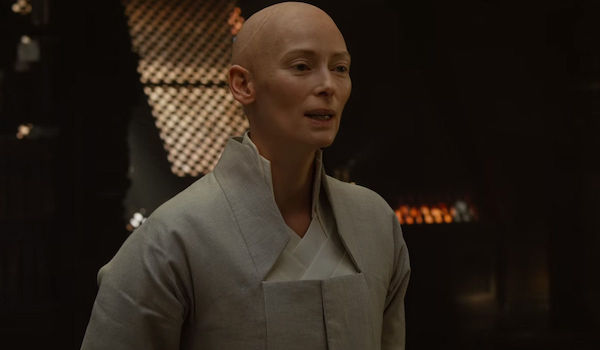
The Ancient One
For Stephen Strange to make the shift from once-accomplished surgeon to powerful sorcerer, he needs some to teach him the mystic arts. That's where The Ancient One comes in, though rather than be a elderly-looking Asian man, the character was turned into a Celtic woman, a.k.a. Tilda Swinton, for Doctor Strange. Marvel Studios president Kevin Feige noted that Swinton's Ancient One was only the latest person to use that title, but this iteration is still very much a different character from the comic book version. This change was made to avoid making the Ancient One look like a racist stereotype, though Swinton's casting was later met with accusations of whitewashing.
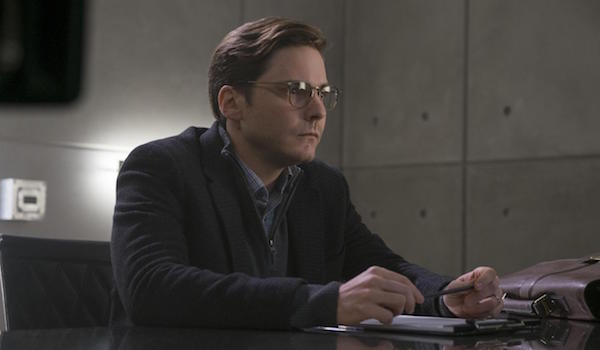
Zemo
While Helmut Zemo was one of the MCU's better villains, the fact of the matter is that the only thing he shares in common with his comic book counterpart is his name. Helmut Zemo in the comics is the son of Heinrich Zemo, one of Captain America's adversaries from World War II. Like his father, Helmut wears a purple mask and costume, and aside from his time with the Thunderbolts, he fits more squarely into the traditional super villain mold. Daniel Brühl's Zemo, on the other hand, was a Sokovian colonel whose family died during the Avengers' fight with Ultron, so as revenge, he used the Sokovia Accords to manipulate the Avengers into fracturing in Captain America: Civil War. So both are great at causing trouble for Marvel heroes, they just go about it in different ways.

Valkyrie
Obviously there are visual differences between Thor: Ragnarok's Valkyrie and the one from the comics, but their backgrounds are different as well. Rather than escort worthy slain warriors to Valhalla like they do in the comics, the MCU's Valkyries were Odin's elite special forces unit. But during their last mission, all but Tessa Thompson's Valkyrie, a.k.a. Brunnhilde, were killed by Hela. After that, Valkyrie relocated to Sakaar, where she spent her days capturing warriors for the Grandmaster's gladiatorial arena and heavily drinking. It wasn't until meeting Thor that she returned to being a warrior. Her heroic journey doesn't remotely resemble what the original Valkyrie has been through, but at least they both ended up in the same place.
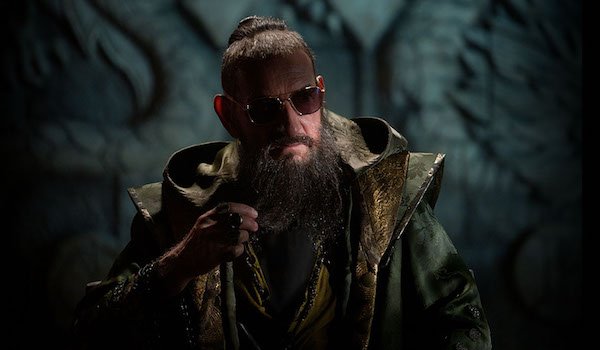
Mandarin
Much like The Ancient One from the comics, the traditional version of The Mandarin frequently comes across as an unfortunate stereotype, so Iron Man 3 opted to take a radical approach to adapting the character. With Ben Kingsley in the role, Mandarin was advertised as a diabolical mastermind, but the movie revealed that this guy was actually just a buffoonish actor named Trevor Slattery, who was hired to play the terrorist for the public. Guy Pearce's Aldrich Killian later declared himself to be The Mandarin, though aside from him having dragon tattoos, there's nothing about him that's remotely similar to the comic book version. As revealed in the All Hail the King short film, there is a real Mandarin lurking somewhere, but with everything else the MCU has on its plate, who knows if we'll ever meet that man.
Your Daily Blend of Entertainment News
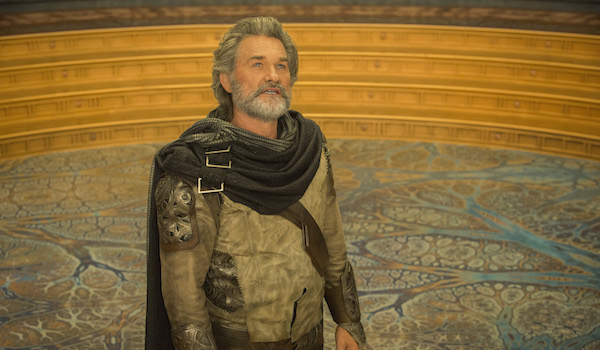
Ego
The original Ego the Living Planet is one of the weirdest comic book characters ever created, as he's literally a planet with a face. Guardians of the Galaxy Vol. 2 quickly paid homage to this look, but for the most of the movie he represented himself through a human body that looks an awful lot like the guy from Escape from New York. Ego's background was also changed, as in this universe, he's a Celestial, one of the most ancient entities in the universe. And while both the comics Ego and the MCU's Ego are villains, the latter's master plan was completely original, as he sought to remake the universe by turning all life into extensions of himself.
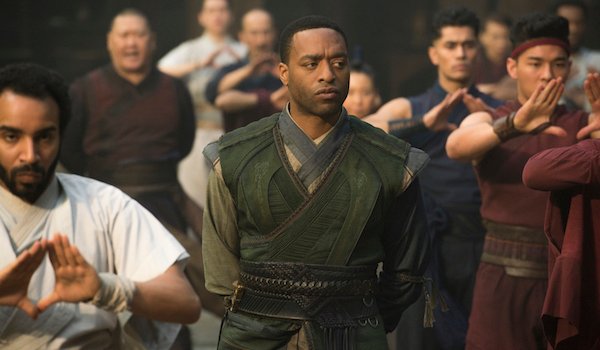
Mordo
Like in the comics, Chiwetel Ejiofor's Karl Mordo was a student of The Ancient One long before Stephe Strange arrived, but unlike his comic book counterpart, he was initially depicted as a sympathetic character in Doctor Strange. While the comics Mordo craves power and conspired to kill The Ancient One while Strange was in Kamar-Taj, the MCU Mordo helped train Strange in the mystic arts and later aided him in battling Kaecilius and his followers. However, after learning about how The Ancient One used Dormammu's energy to keep herself alive, Mordo grew disillusioned and set out to rid Earth of its other sorcerers. He's now a villain like the original Mordo, but for different and more understandable reasons.
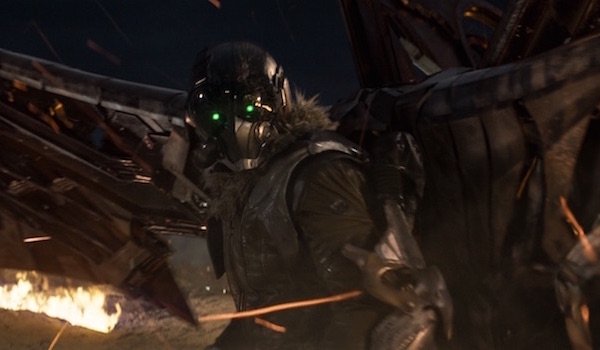
Vulture
The Vulture from the comics was an engineer who built his flight harness and turned to a life of crime after he lost his job, but in Spider-Man: Homecoming, Adrian Toomes was the head of a salvaging company who donned his flight suit and turned to a life of crime... after he lost his job. So at least they have that in common. In the MCU, though, Vulture's suit is derived from Chitauri technology left over from the Battle of New York, and it wasn't Toomes himself who constructed it, but rather Phineas Mason, a.k.a. The Tinkerer. The other big difference between Michael Keaton's Vulture and his comic book counterpart is that he has direct ties to a non-costumed Peter Parker, as his daughter is Liz, Peter's classmate/brief love interest.

Abomination
Both version of Emil Blonsky have a bone to pick with The Hulk, but the circumstances in which they're turned into Abomination are extremely different. In the comics, Emil Blonsky was a KGB agent sent to infiltrate a Air Force Base in New Mexico, but upon being bombarded with the same kind of gamma radiation that hit Bruce Banner, he became Abomination. While Blonsky's Russian birth was maintained for The Incredible Hulk, Tim Roth's version was a British Royal Marine who was brought in by General Thunderbolt Ross to track down Banner. To help him better stand up to The Hulk, Blonsky was injected with a version of the Super Soldier Serum, but it was only after he was later transfused with Banner's blood that he turned into the above monster, who doesn't look anything like he does in the comics. Of course, there is one other thing that both versions of Abomination have in common: they can't revert to their human forms.
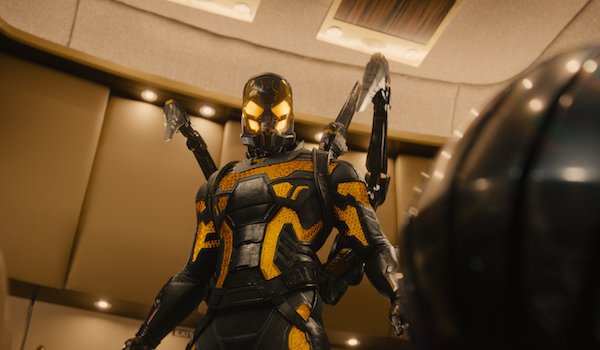
Yellowjacket
Before the Ant-Man movie, Yellowjacket was one of the many identities that Hank Pym had used over the years in the comics, as well as the moniker adopted by supervillain-turned-superhero Rita DeMara. The MCU opted to go in a different direction, giving the Yellowjacket mantle to existing villain Darren Cross. In the comics, Darren had abilities like super strength and enhanced senses when using his experimental pacemaker, but for Ant-Man, he constructed the Yellowjacket suit so he could shrink just like Hank Pym. This version also had a close relationship with Hank, while the comics version has rarely crossed paths with him. While Corey Stoll's Darren met his demise, his comic book counterpart has started wearing his own Yellowjacket suit as a way to control the size shifting abilities he gained later on.
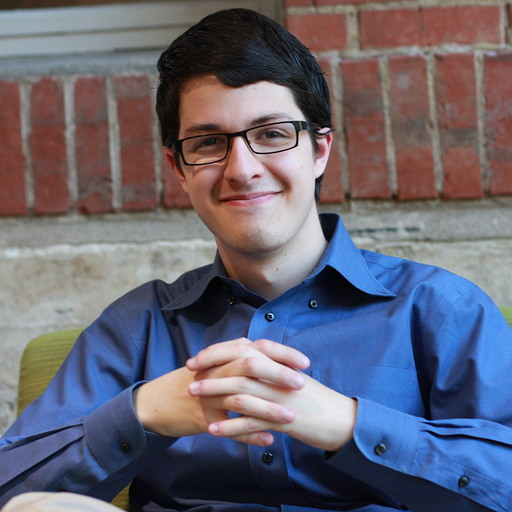
Connoisseur of Marvel, DC, Star Wars, John Wick, MonsterVerse and Doctor Who lore, Adam is a Senior Content Producer at CinemaBlend. He started working for the site back in late 2014 writing exclusively comic book movie and TV-related articles, and along with branching out into other genres, he also made the jump to editing. Along with his writing and editing duties, as well as interviewing creative talent from time to time, he also oversees the assignment of movie-related features. He graduated from the University of Oregon with a degree in Journalism, and he’s been sourced numerous times on Wikipedia. He's aware he looks like Harry Potter and Clark Kent.
